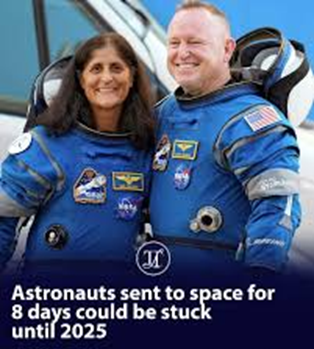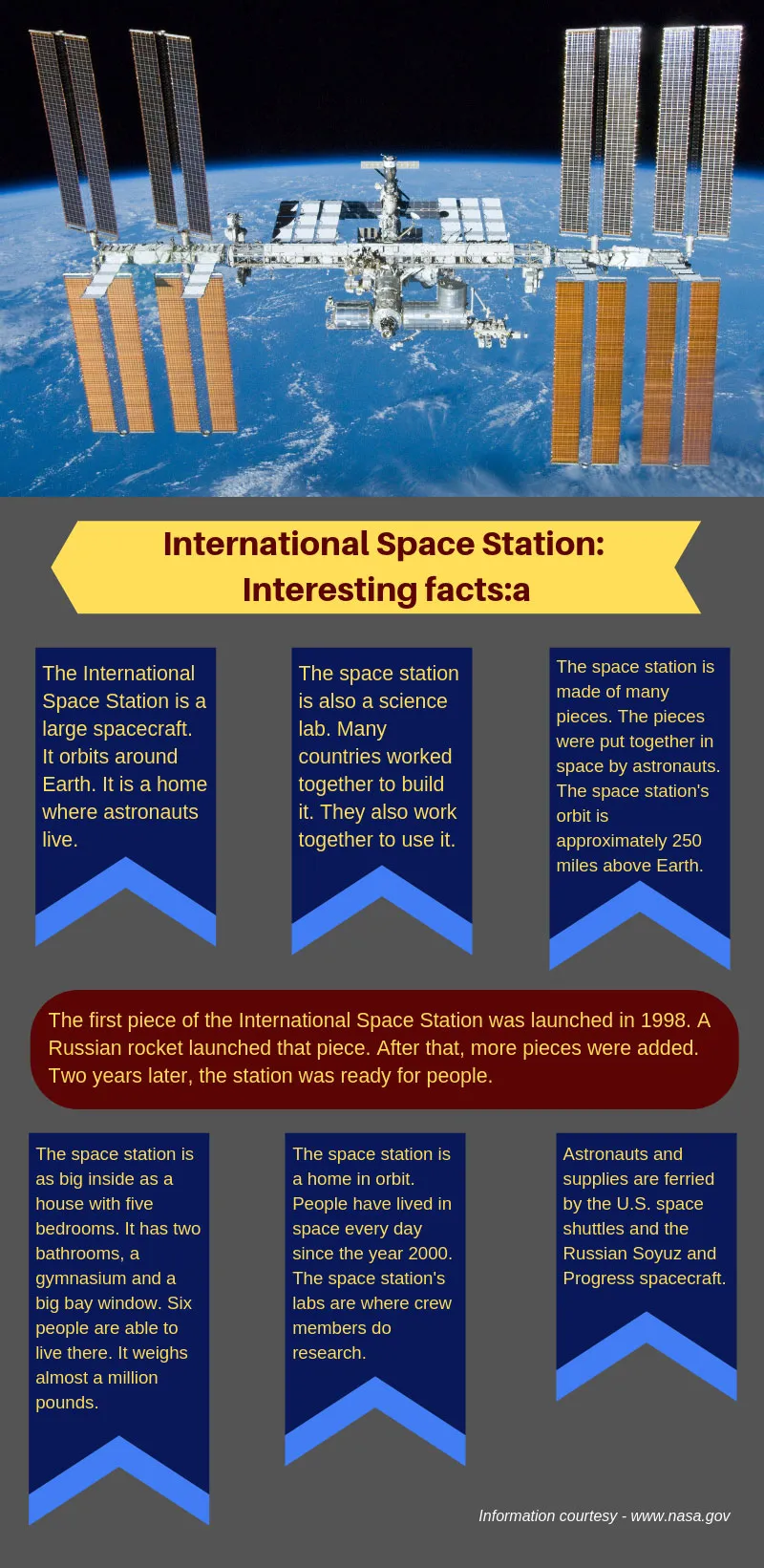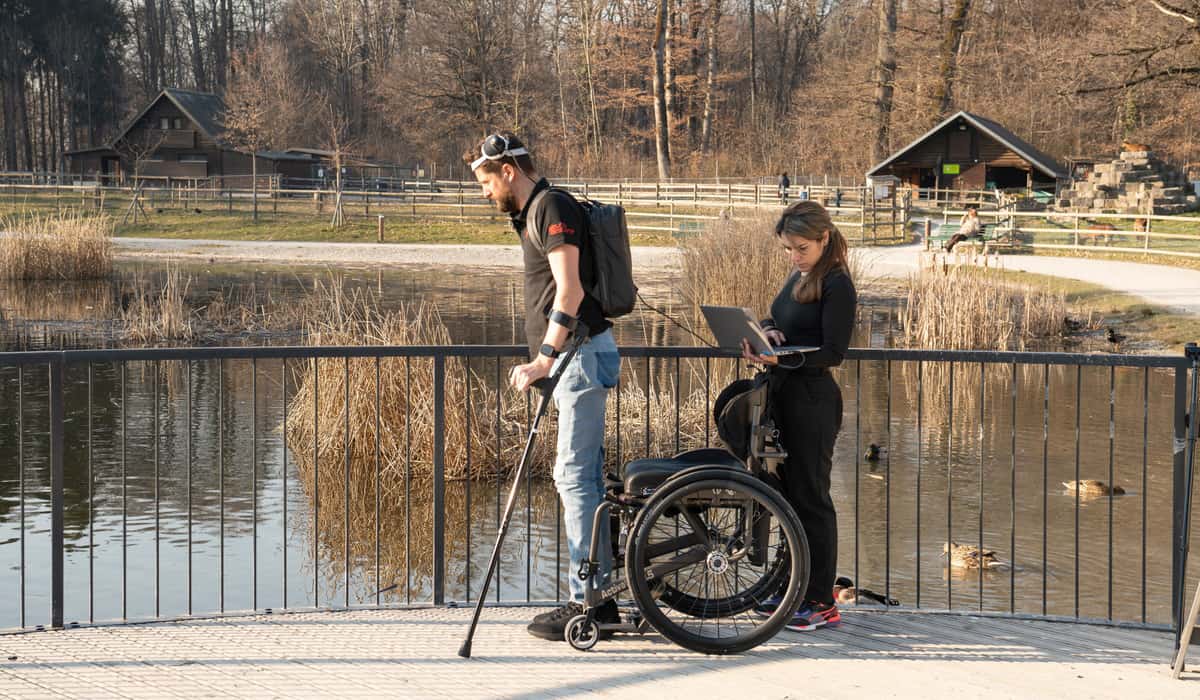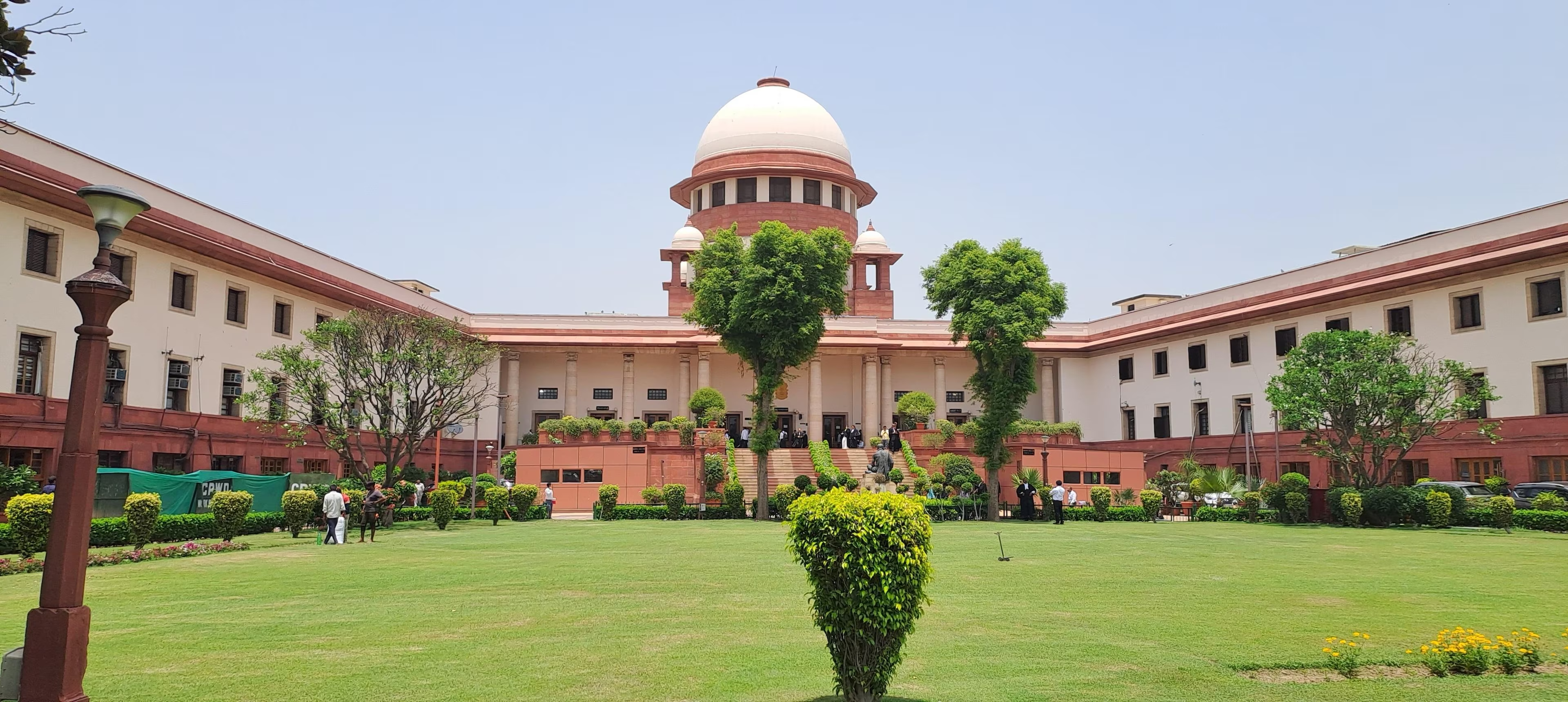- Courses
- GS Full Course 1 Year
- GS Full Course 2 Year
- GS Full Course 3 Year
- GS Full Course Till Selection
- CSAT
- 5 LAYERED ARJUNA Mentorship
- Public Administration Optional
- Online Program
- GS Recorded Course
- NCERT (Recorded 500+ Hours)
- Polity Recorded Course
- Geography Recorded Course
- Economy Recorded Course
- AMAC Recorded Course
- Modern India, Post Independence & World History
- Environment Recoded Course
- Governance Recoded Course
- Science & Tech. Recoded Course
- International Relations and Internal Security Recorded Course
- Disaster Management Module Course
- Ethics Recoded Course
- Essay Recoded Course
- Current Affairs Recoded Course
- ABOUT US
- OUR TOPPERS
- TEST SERIES
- FREE STUDY MATERIAL
- VIDEOS
- CONTACT US
NASA’s Sunita Williams and Barry Wilmore Could Be Stuck in Space Until 2025
NASA’s Sunita Williams and Barry Wilmore Could Be Stuck in Space Until 2025

Astronauts Sunita Williams and Barry "Butch" Wilmore are facing an extended stay on the International Space Station (ISS) until February 2025 due to unresolved technical issues with the Boeing Starliner spacecraft that transported them to the ISS in June 2024. Although this situation is unprecedented in terms of duration, the astronauts are safe, and the ISS is capable of accommodating them. This scenario highlights the complexities of long-duration space missions and the challenges associated with spacecraft reliability.
Current Situation
- Technical Issues: The Starliner spacecraft, which was making its first crewed mission, experienced a helium leak before launch and additional leaks during transit. Despite arriving at the ISS, unresolved issues have delayed the planned return.
- Return Schedule: Originally set for a week after arrival, the return of Williams and Wilmore is now projected to be no earlier than February 2025. A SpaceX spacecraft scheduled for September 2024 may provide an opportunity for their return if necessary.
Spacecraft Background
- Starliner: Designed for carrying astronauts with a crew capsule, reentry capability, and a non-reusable service module providing life support and propulsion.
- Similar Spacecraft: SpaceX's Crew Dragon and NASA’s SpaceX Demo-2 offer comparable services.
Accommodation and ISS Capacity
- Current Crew: The ISS is currently housing seven astronauts, with space available for more if needed. The station includes six sleeping quarters, two bathrooms, and a gym, ensuring it can support an extended crew.
- Cargo Spacecraft: Regularly resupplied by cargo ships like Cygnus, which recently delivered over 3,700 kg of supplies, the ISS can handle additional operational demands. However, cargo spacecraft cannot return crew due to the lack of life-support capsules.
Historical Context of Extended Space Stays
- Previous Records: The longest space stay on record is held by Russian cosmonaut Valeri Polyakov, who spent 438 days on the Mir space station. More recently, US astronaut Frank Rubio spent 371 days on the ISS.
- Williams and Wilmore: Both astronauts have previously spent significant time on the ISS, with Williams logging 196 days in 2006-07 and another 127 days in 2012, while Wilmore has accumulated 178 days over two previous missions.
Impact on Human Health
- Bone Density Loss: Astronauts can lose up to 1% of bone mass per month in microgravity, raising the risk of osteoporosis and fractures.
- Muscle Atrophy: Extended stays lead to muscle loss and diminished strength, necessitating daily exercise to counteract these effects.
- Vision and Cardiovascular Health: Spaceflight can cause vision problems, such as Spaceflight Associated Neuro-ocular Syndrome (SANS), and alter heart shape and function.
- Psychological Effects: Prolonged isolation can result in stress, anxiety, and other psychological challenges.

International Space Station (ISS) Facts
- Launch Date: 1998
- Function: Habitat for astronauts; continuously occupied since 2000
- Participating Agencies: NASA (USA), Roscosmos (Russia), ESA (Europe), JAXA (Japan), CSA (Canada)
- Orbit: Approximately 400 kilometers above Earth
- Speed: Travels at about 28,000 kilometers per hour, completing an orbit every 90 minutes
- Objectives: Advance understanding of space and microgravity, support scientific research, and exemplify international collaboration.
Conclusion:
The extended stay of Sunita Williams and Barry Wilmore on the ISS emphasizes the ongoing challenges of space travel, particularly regarding spacecraft reliability and the health impacts of long-duration missions. While the ISS is equipped to support an extended crew, this situation provides valuable insights into the effects of prolonged space exposure. As NASA and Boeing work to resolve the technical issues, this scenario will contribute to a better understanding of human adaptation to space and the logistics of future missions, reinforcing the importance of reliable spacecraft and comprehensive support systems for astronauts.
Must Check: Best IAS Coaching In Delhi
UPSC Prelims Result 2024 Out: Expected Cut Off & Other Details, UPSC Prelims 2024 Answer with Explanation, Daily Prelims Quiz, Daily Current Affairs, MONTHLY CURRENT AFFAIRS TOTAL (CAT) MAGAZINE, Best IAS Coaching Institute in Karol Bagh, Best IAS Coaching Institute in Delhi, Daily Mains Question Answer Practice, ENSURE IAS UPSC Toppers, UPSC Toppers Marksheet, Previous Year Interview Questions, UPSC Syllabus




